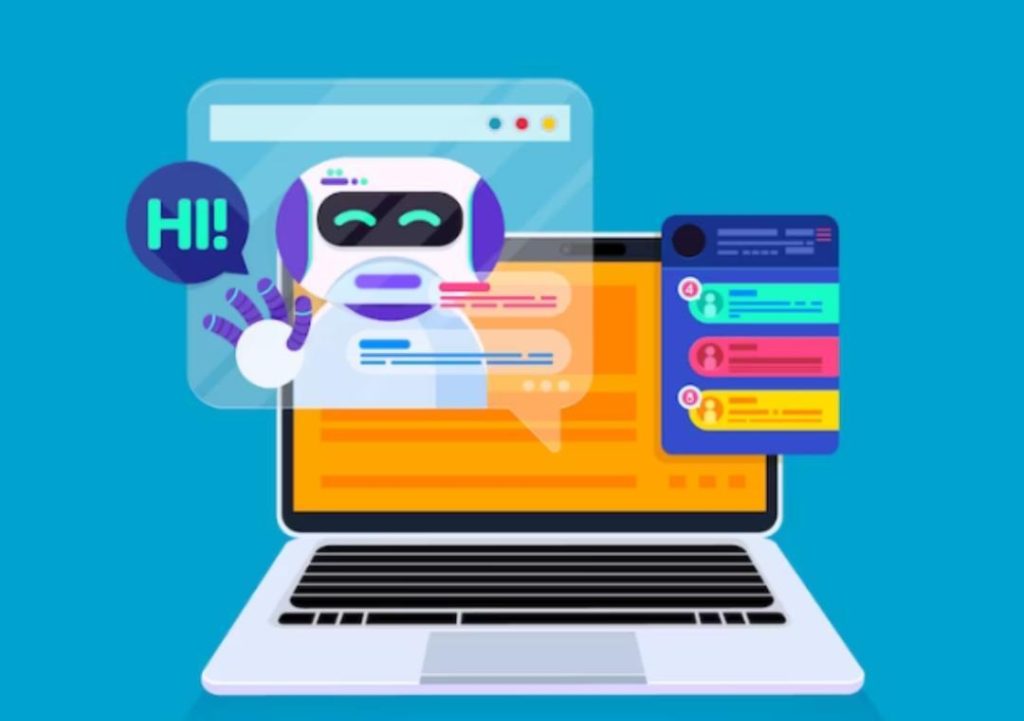
Virtual Assistants & Chatbots Power 24/7 eCommerce Support
In today’s fast-paced digital landscape, customer expectations are higher than ever. With the rise of online shopping, customers expect seamless, instant support whenever they need it. Gone are the days of waiting for hours or even days for a response from a human customer support agent. The solution lies in AI-driven chatbots, which are revolutionizing customer support in online retail.
Chatbots have been around for a while, but recent advancements in natural language processing (NLP) and sentiment analysis have taken their capabilities to the next level. These intelligent virtual assistants can now understand tone, urgency, and context, making the shopping experience feel more human-like. In this blog post, we’ll explore the benefits of implementing chatbots in your eCommerce business and how they can help power 24/7 support.
What are Chatbots?
A chatbot is a computer program designed to simulate human-like conversations with users through text or voice interactions. In the context of eCommerce, chatbots are integrated into online stores and websites to provide instant support to customers. They can be used to handle a wide range of tasks, from answering frequently asked questions (FAQs) to guiding buyers through the returns process.
Benefits of Chatbots in eCommerce
The benefits of implementing chatbots in your eCommerce business are numerous:
- 24/7 Support: Chatbots are available 24 hours a day, 7 days a week, providing customers with instant support whenever they need it. This is particularly beneficial for businesses with global customer bases or those operating in different time zones.
- Faster Response Times: Chatbots can respond to customer inquiries in a matter of seconds, whereas human customer support agents may take longer to respond. This faster response time leads to increased customer satisfaction and reduced frustration.
- Cost Savings: Chatbots can help reduce the workload of human customer support agents, allowing them to focus on more complex issues. This leads to significant cost savings for businesses.
- Personalized Experience: Chatbots can be programmed to understand customer preferences and tailor their responses accordingly. This leads to a more personalized and engaging shopping experience.
- Scalability: Chatbots can handle a high volume of customer inquiries simultaneously, making them an ideal solution for businesses that experience a surge in traffic during peak sales periods.
How Chatbots Work
Chatbots use NLP and machine learning algorithms to understand and respond to customer inquiries. Here’s a step-by-step breakdown of how they work:
- Customer Inquires: A customer types or speaks a question or concern to the chatbot.
- NLP Analysis: The chatbot’s NLP algorithm analyzes the customer’s inquiry to understand the context, tone, and intent behind the message.
- Response Generation: The chatbot generates a response based on its training data and the customer’s inquiry.
- Response Delivery: The chatbot delivers the response to the customer, either through text or voice.
Advanced Chatbot Features
Recent advancements in NLP and sentiment analysis have enabled chatbots to perform complex tasks, such as:
- Sentiment Analysis: Chatbots can now analyze the sentiment behind a customer’s message, allowing them to respond accordingly. For example, if a customer expresses frustration, the chatbot can offer a more empathetic response.
- Intent Identification: Chatbots can identify the customer’s intent behind their inquiry, such as “I want to return an item” or “I have a question about shipping.”
- Contextual Understanding: Chatbots can understand the context of a customer’s inquiry, such as previous conversations or purchase history.
Best Practices for Implementing Chatbots
To get the most out of your chatbot, follow these best practices:
- Define Your Goals: Clearly define the goals and objectives of your chatbot, such as reducing support tickets or improving customer satisfaction.
- Train Your Bot: Train your chatbot with a large dataset of customer inquiries and responses to ensure it can handle a wide range of topics.
- Monitor and Refine: Continuously monitor your chatbot’s performance and refine its responses based on customer feedback and analytics.
- Integrate with CRM: Integrate your chatbot with your customer relationship management (CRM) system to ensure seamless communication and data sharing.
Conclusion
Chatbots are revolutionizing customer support in online retail, providing fast, accurate, and personalized responses to customers 24/7. By leveraging AI-driven chatbots, businesses can reduce support tickets, improve customer satisfaction, and increase conversions. As the technology continues to evolve, we can expect to see even more advanced features and capabilities in the future.
Source:






